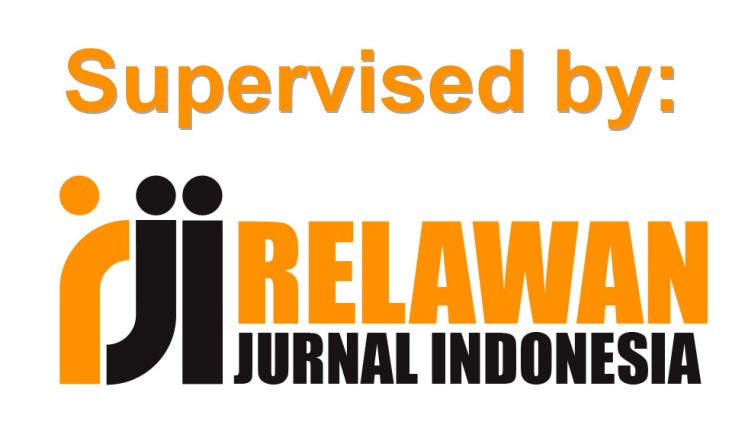PENERAPAPAN METODE K-MEANS CLUSTERING DALAM PENGELOLAAN KESEJAHTERAAN SOSIAL DI DESA PENTUR
Abstract
Keywords
Full Text:
PDFReferences
N. Husna, “Ilmu Kesejahteraan Sosial Dan Pekerjaan Sosial,” J. Al-Bayan Media Kaji. Dan Pengemb. Ilmu Dakwah, Vol. 6, No. 23, Pp. 45–58, 2014.
Fahrudin, “Pengaruh Alokasi Dana Desa Terhadap Kesejahteraan Masyarakat Desa (Studi Kasus Di Desa Sungai Rambut Kecamatan Berbak Kabupaten Tanjung Jabung Timur),” Skripsi Fak. Ekon. Dan Bisnis Islam Univ. Islam Negeri Sulthan Thaha Saifuddin Jambi, 2018.
A. Kusuma And N. Prasetyoningsih, “Peran Dinas Sosial Gunung Kidul Dalam Mengawasi Penyaluran Dana Hibah Berbadan Hukum,” J. Penelit. Pendidik. Guru Sekol. Dasar, Vol. 6, No. August, P. 128, 2018.
M. Ali Hasymi, A. Faisol, And F. Ariwibisono, “Sistem Informasi Geografis Pemetaan Warga Kurang Mampu Di Kelurahan Karang Besuki Menggunakan Metode K-Means Clustering,” Jati (Jurnal Mhs. Tek. Inform., Vol. 5, No. 1, Pp. 284–290, 2021, Doi: 10.36040/Jati.V5i1.3269.
A. Salam, D. Adiatma, And J. Zeniarja, “Implementasi Algoritma K-Means Dalam Pengklasteran Untuk Rekomendasi Penerima Beasiswa Ppa Di Udinus,” Joins (Journal Inf. Syst., Vol. 5, No. 1, Pp. 62–68, 2020, Doi: 10.33633/Joins.V5i1.3350.
S. Sari And J. N. Utamajaya, “Sistem Pendukung Keputusan Penerima Bantuan Langsung Tunai Dana Desa Menggunakan Metode Algoritma K-Means Clustering,” J. Jupiter, Vol. 14, No. 1, Pp. 150–160, 2022.
DOI: http://dx.doi.org/10.30646/tikomsin.v12i1.820
Refbacks
- There are currently no refbacks.
Editorial Office :
TIKomSiN : Jurnal Teknologi Informasi dan Komunikasi Sinar Nusantara
Published by STMIK Sinar Nusantara Surakarta
Address KH Samanhudi 84 - 86 Street, Laweyan Surakarta, Central Java, Indonesia
Postal Code: 57142, Phone & Fax: +62 271 716 500
Website: https://p3m.sinus.ac.id/jurnal/index.php/TIKomSiN
Email: tikomsin @ sinus.ac.id

This work is licensed under a Creative Commons Attribution-NonCommercial-ShareAlike 4.0 International License.










